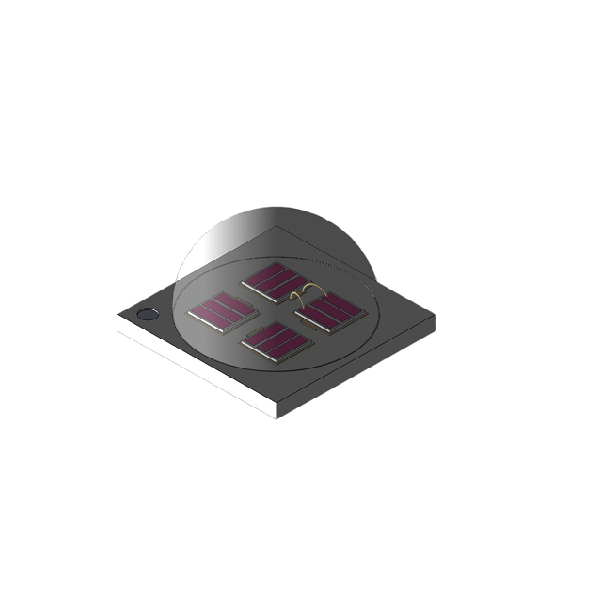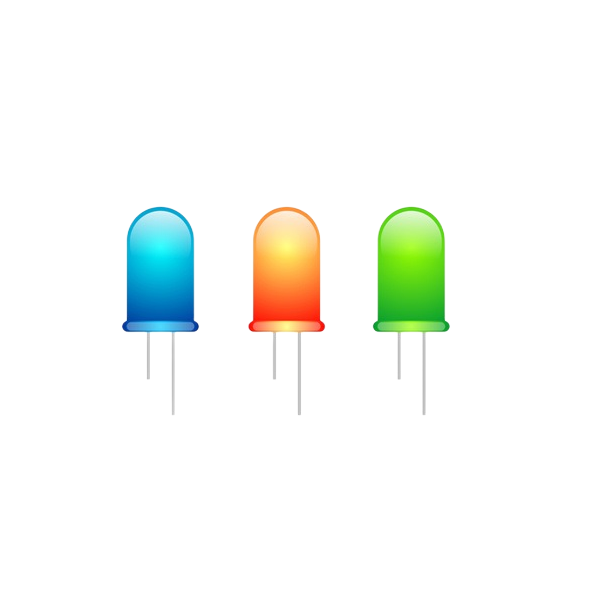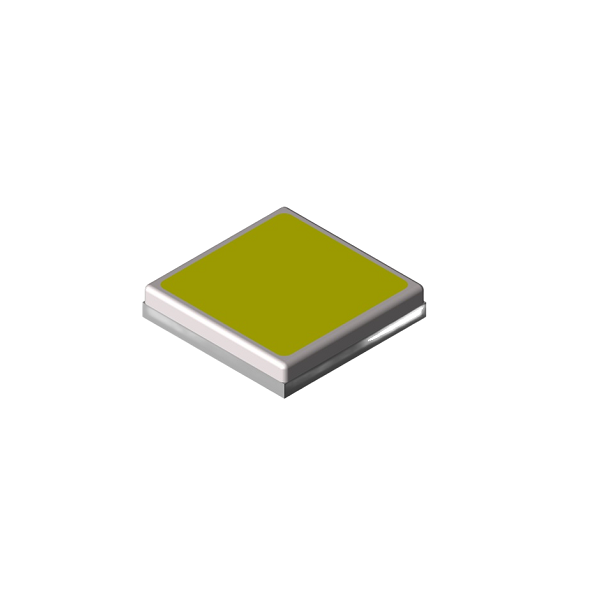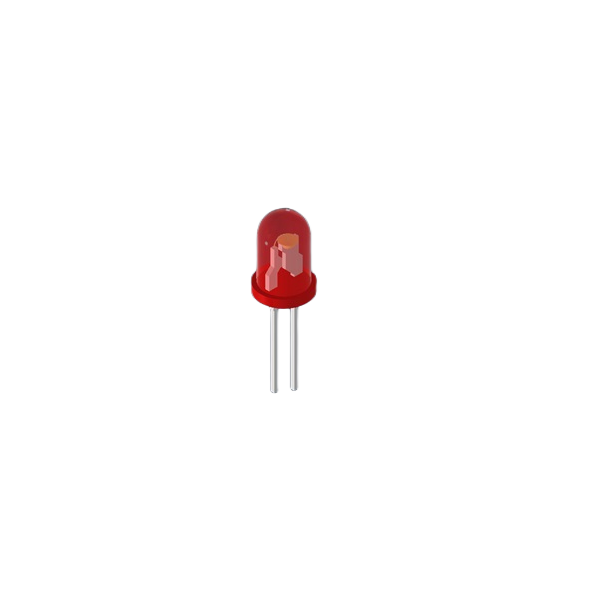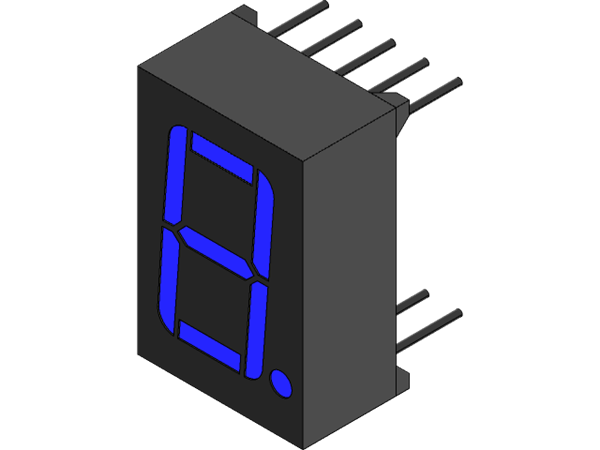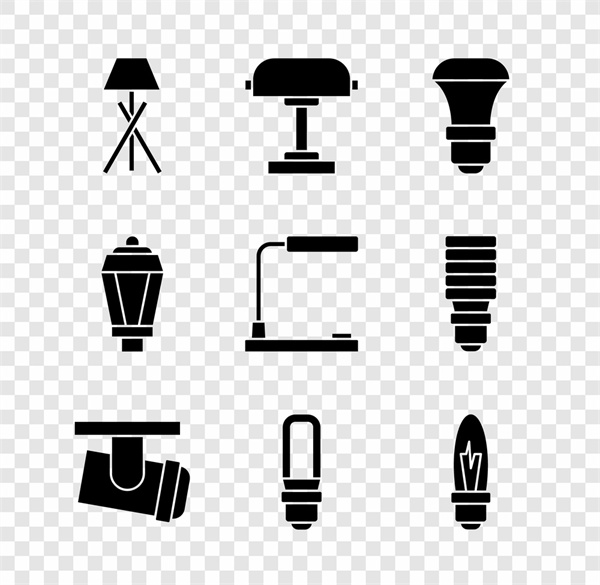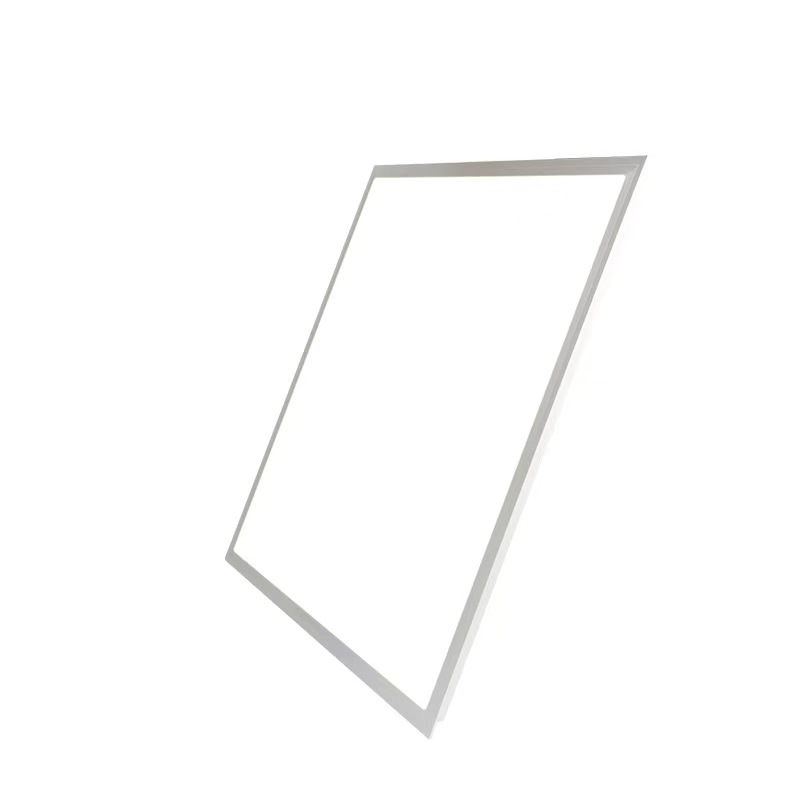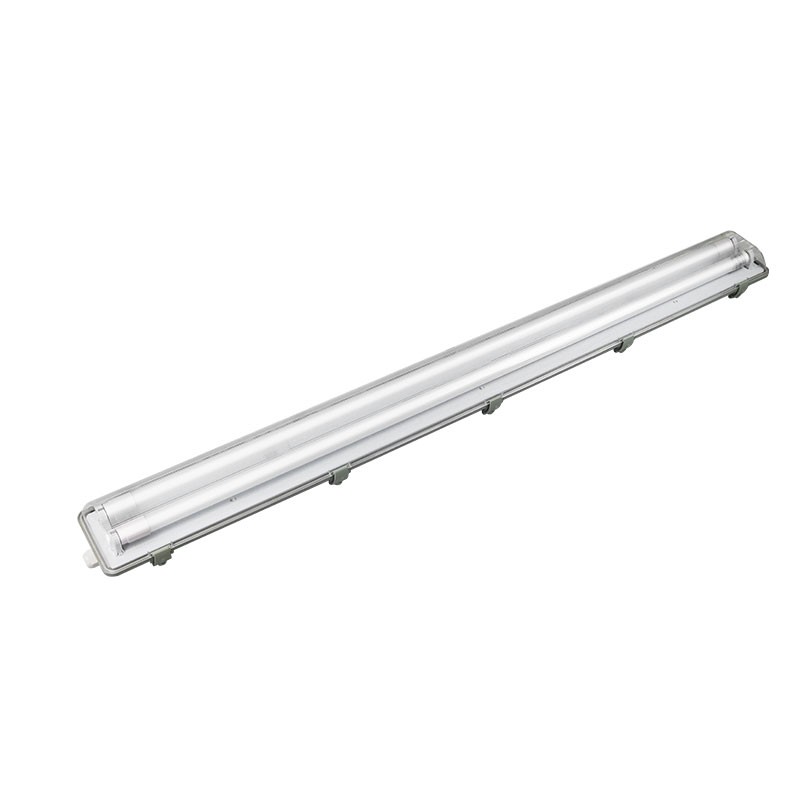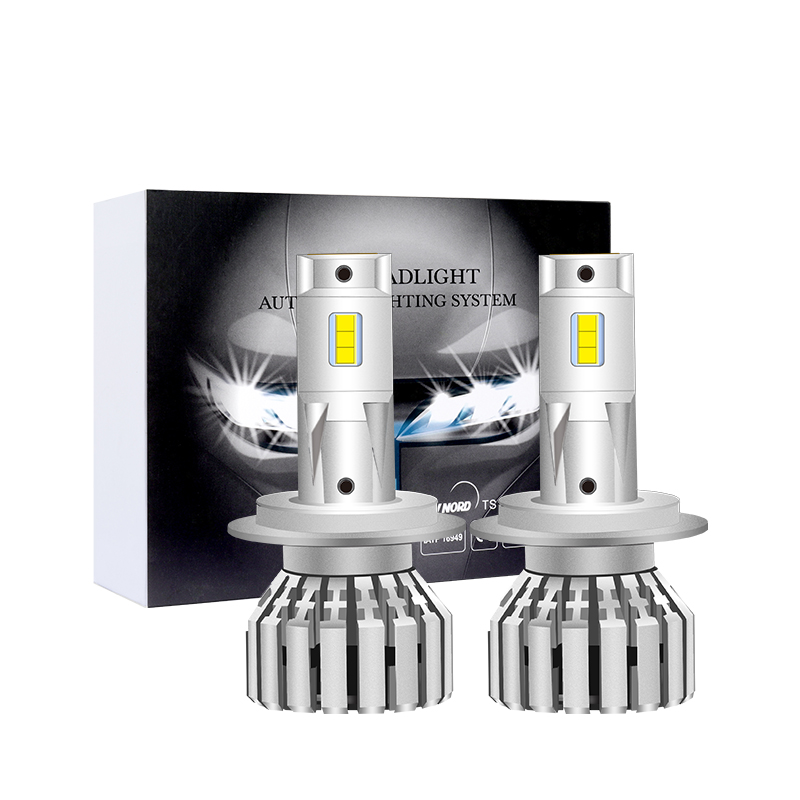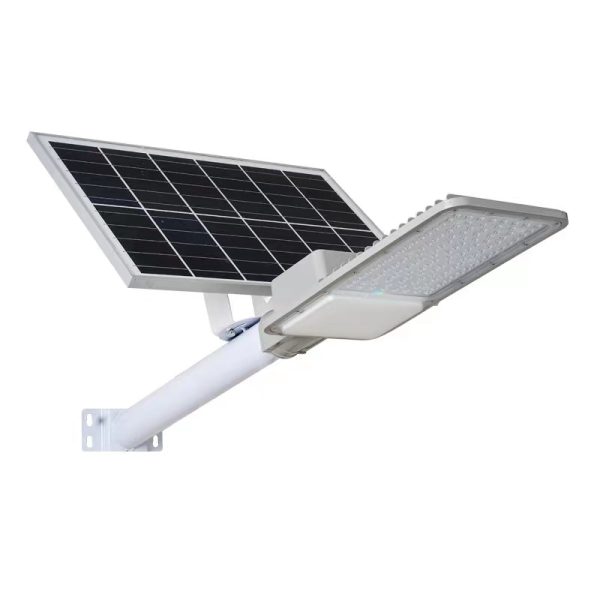Flexible LED light bar is a new type of optical and optoelectronic device, which is made of ultra-thin aluminum alloy substrate with a thickness of only 2 mm. Compared with traditional LED lights, it has higher reliability.
At the same time, in terms of appearance, its shape design can be customized according to needs to meet the needs of different users.
Flexible LED strips can also be used in various occasions that require ultra-narrow bezels, such as industrial electronics, automotive electronics and other industries.
At present, flexible LED light strips are being widely used in many fields, and the market demand is huge.
With the continuous maturity and development of technology and the reduction of cost, flexible LED lights will surely become a new trend in future lighting.
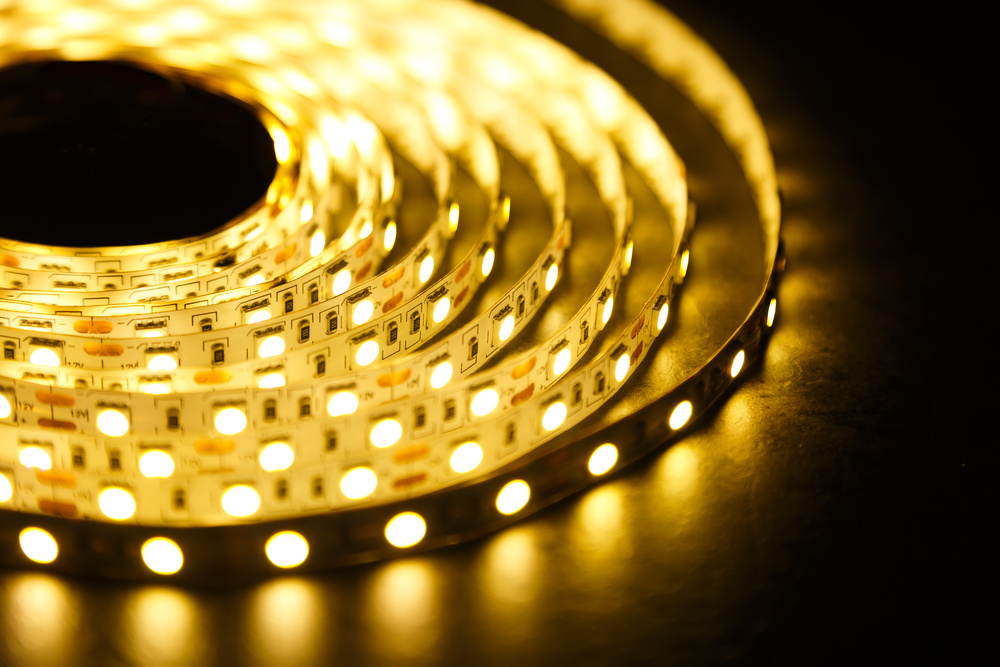
- Development background
With the continuous development of LED lighting technology, LED lamps have become a new generation of high-tech products, which will be widely used in various fields such as construction, transportation, and urban landscape in the future.
The LED light bar is a new type of optical and optoelectronic device, and its application fields mainly include: outdoor advertising and landscape lighting, automotive lighting, etc.
At present, LED light strips have been widely used in many industries, and are mainly used in: building exterior wall decoration lighting, municipal landscape lighting, traffic road lighting, and automobile lights.
At present, the frame size of most traditional LED lights is between 1.5 mm and 2.0 mm. With the continuous development and innovation of technology, LED light bars are gradually reduced to 2 mm in size.
According to the data provided by traditional LED light manufacturers, flexible LED light strips can meet more than 80% of customer needs.
But for flexible LED strips, cost is one of the important factors.
- Working principle
- The light emitting principle of the flexible LED light bar: the traditional LED light bar adopts a patch type light-emitting diode, and its light-emitting principle is realized by driving a small current LED in a driving power supply or a control circuit, so as to make it emit light.
- After setting the current to be turned on or off on the flexible LED light strip, the output voltage is controlled through the control chip.
- When there is any abnormality in the flexible LED strip (such as overheating, etc.), the control chip will issue a warning.
- Since the working principle of the flexible LED strip is driven by current, it can realize the function of automatically adjusting the brightness when in use, and can also adjust the brightness according to user requirements.
- When the current on the flexible LED strip is too large or too small, the chip will sound an alarm and dim the display effect.
- Application field
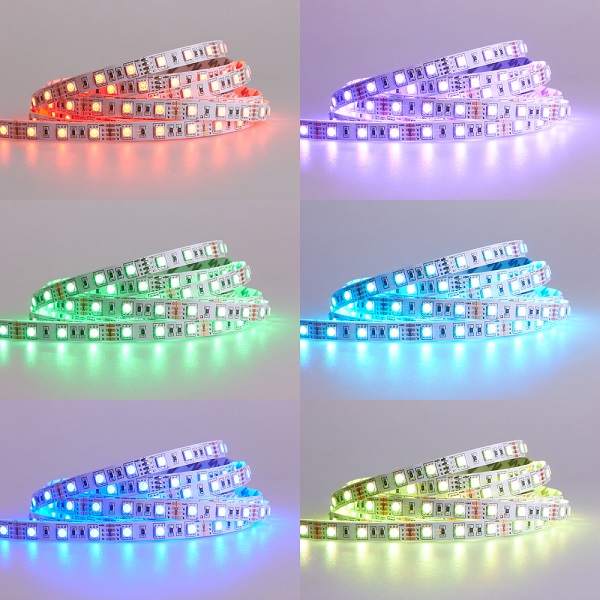
It is mainly used on materials such as the lamp holder, lamp body, shell, frame and glass of the LED light bar, and various shapes can also be customized on it.
Flexible LED light strips can be widely used in supporting lighting for medical equipment and instruments, intelligent lighting and home lighting, and can replace traditional energy-saving lamps and incandescent lamps, becoming green and energy-saving products.
- Product Features
- Stable and reliable product performance;
- Easy installation and long service life;
- Energy saving and environmental protection, no harmful heavy metal elements such as lead;
- The size can be freely cut according to user needs.
- Application prospects
Flexible LED light strips have good development prospects and have been used in automotive lighting, industrial control and display, medical health and medical equipment, etc., mainly in industrial electronics and automotive electronics.
Application prospects of flexible LED strips in the fields of industrial electronics and medical health:
Among them, smart wearable devices have become one of the most popular products in the world. The development of smart products such as smart bracelets and watches has driven the smart wearable device market.


